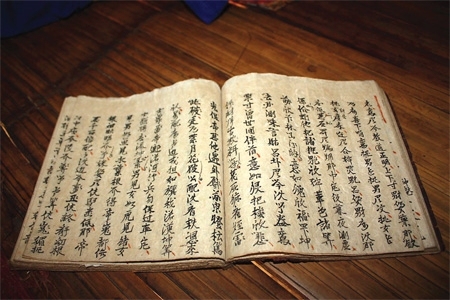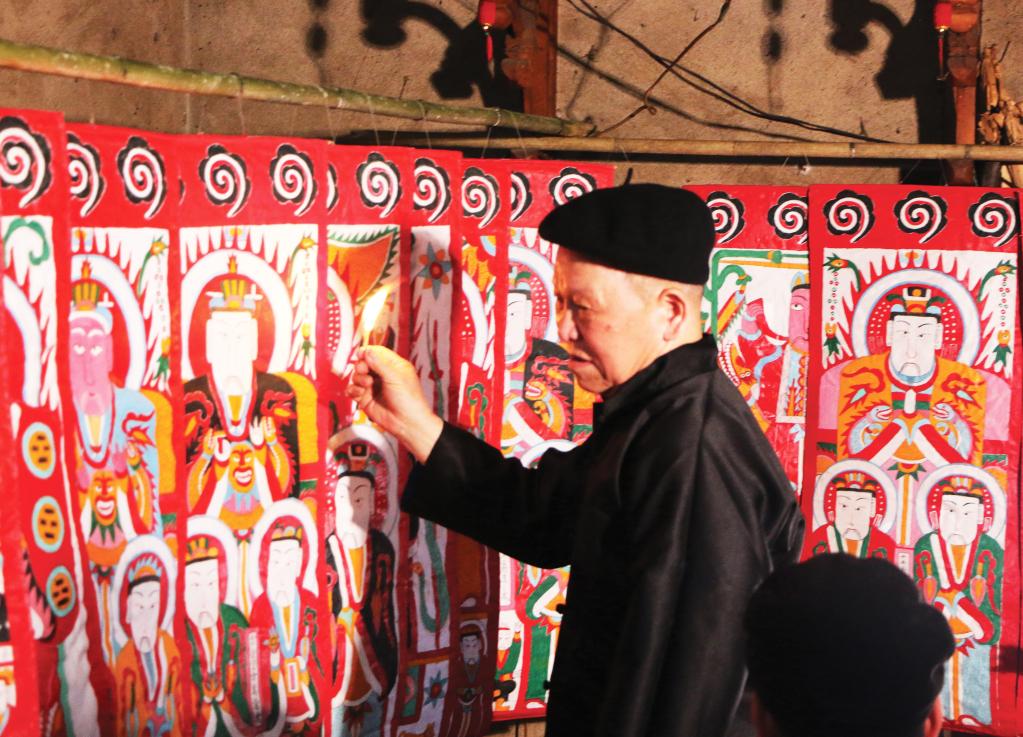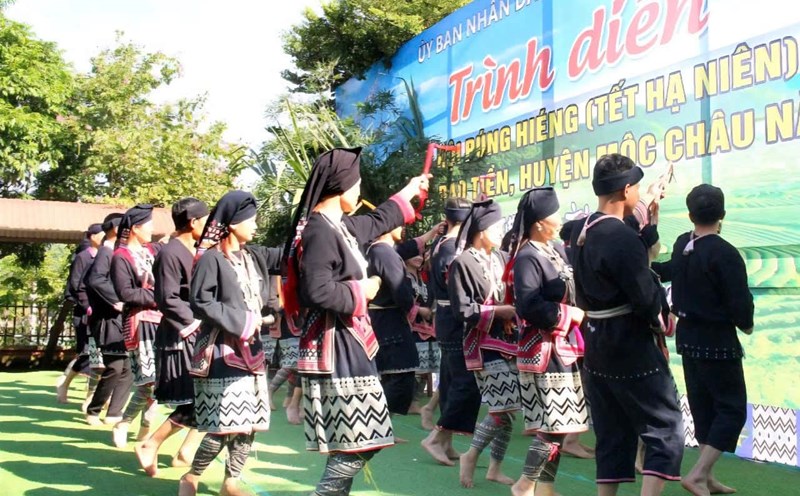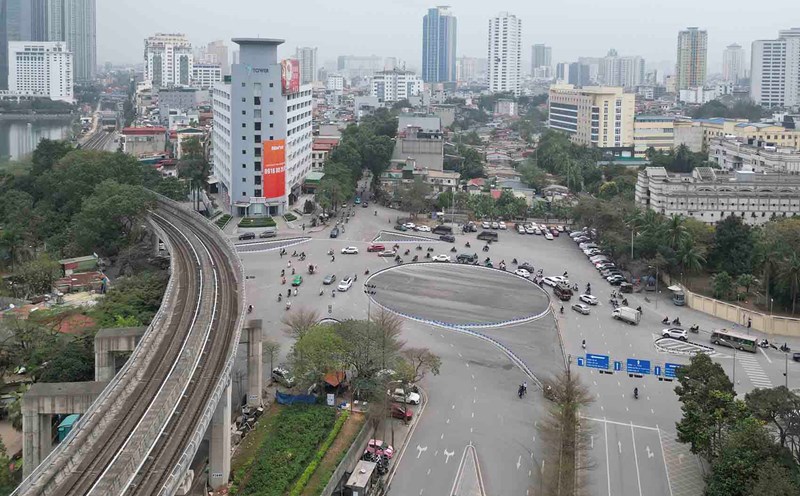The Ministry of Culture, Sports and Tourism has just issued a decision to include three unique intangible cultural heritages of Cao Bang province in the National Intangible Cultural Heritage List. These are typical cultural values, associated with the religious, spiritual and unique lives of ethnic communities in the area.
The three heritages include: Nom characters of the Tay people; the technique of printing patterns using beeswax of the Dao Tien people (mainly distributed in Tam Kim and Thanh Cong communes); and the art of painting worship paintings of the Red Dao people in Thanh Long commune.
The Nom To chu is an ancient writing form, born from the need to record ethnic languages, based on borrowing and changing the Han language. The word has been widely used in folk poems, fairy tales, medicine books, historical documents... expressing the level of awareness and creativity of the Tay people - the ethnic group that accounts for the majority in Cao Bang. Recognizing this heritage is an important step in preserving the aging ethnic minority language.

The technique of printing patterns using beeswax of the Dao Tien people belongs to the folk knowledge and traditional craftsmanship. Dao woman used beeswax to paint patterns on fabric and dyed it indigo, creating unique dresses, imbued with spiritual elements and national cultural identity. Each pattern not only shows skill but also a traditional message that has been preserved through many generations.
Meanwhile, the Red Dao worship paintings are an indispensable part of religious rituals. The paintings are hand-painted with natural materials such as coal, soil, tree roots... depicting the worldview, the worldview, the see-through and the belief in gods and ancestors. This is an art form that combines aesthetic, belief and spiritual and cultural education elements.

The recognition of the three intangible cultural heritages of Cao Bang at the national level not only affirms the unique values of the Tay, Dao Tien and Dao Thu Do ethnic groups, but also creates motivation for localities to continue to preserve, restore and promote the quintessence of traditional culture in modern life.
This is also a testament to the richness and diversity of the cultures of ethnic groups in the Northeast region, contributing to enriching the cultural identity of Vietnam.










